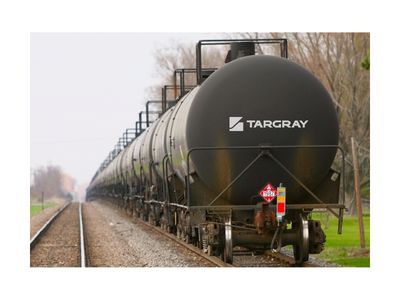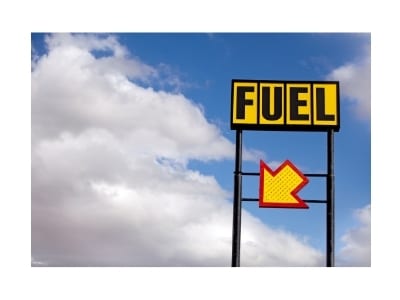How Does Biodiesel Blending Work?
Biodiesel blending procedures vary according to blending method, feedstock, and blend percentages. In all cases, blends should be confirmed with a density check to ensure they meet product specifications. While the density required is between 0.86 and 0.90, values will typically fall between 0.88 and 0.90. The table below provides instructions for the four standard biodiesel blend methods: Splash, in-tank, in-line, and rack injection blending.
Splash Blending
With splash blends, biodiesel and diesel fuel are loaded into a tank separately. Product mixing occurs as the fuel is agitated during the transportation and delivery of the biodiesel blend to the end user. Being slightly heavier than conventional distillates, we recommend that biodiesel be loaded second on top. This eliminates the possibility of it settling at the bottom of the container. For bottom loading, adequate fuel flow ensures that viscosity differences both fuels won’t negatively impact the fuel blend.
In-Tank Biodiesel Blending
In this process, fuels should be loaded separately through different incoming sources at a high enough fill rate. This ensures the fuels will mix sufficiently and require no additional agitation. Sampling is recommended to ensure that tank blends are homogeneous. If homogeneity cannot be determine through basic sampling, a density check on the sample is recommended.
In-Line Blending
With in-line blending, the biodiesel is added to a stream of diesel fuel as it travels through a pipe or hose. Mixing occurs as the two products move through the pipe, or once it is loaded into its receiving container.
Rack Blending
Rack blending is the most straightforward approach to mixing bio-based fuels. It enables users to inject biodiesel directly at the rack into the tank truck, similar to current performance fuel additives and red dye.
Cold Weather Blending
Cold weather preparation is important when storing conventional distillates. The same is true for biodiesel and biodiesel blends. Blended biodiesel can be stored below ground in a majority of climates. Above ground storage—for both distillates and bio-based diesel — should be protected with insulation, agitation, kerosene blends or heating systems in areas where below freezing temperatures are common. Precautions may include protecting tank piping and pumping equipment.




